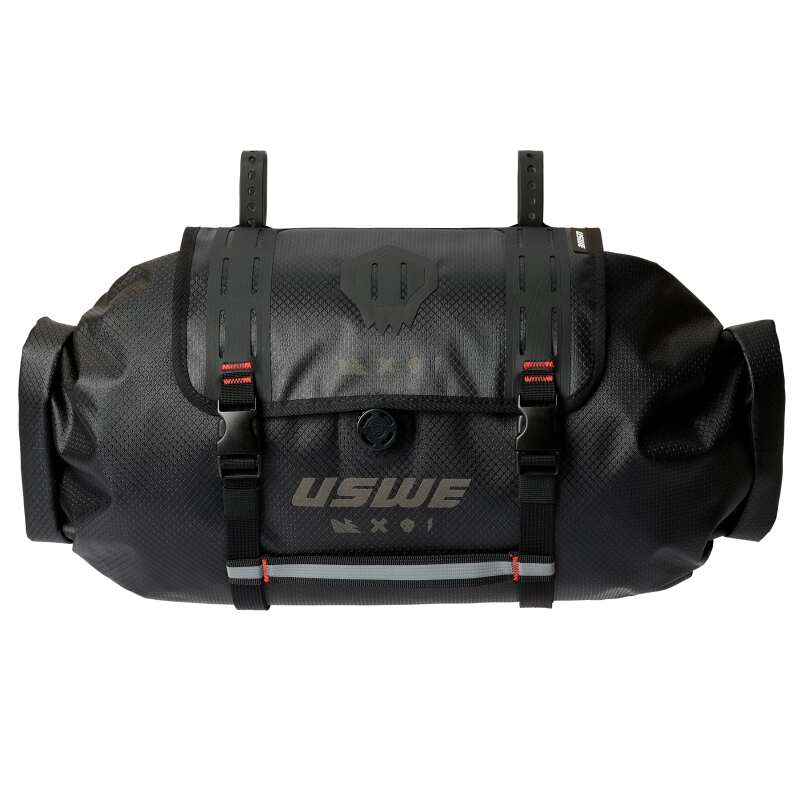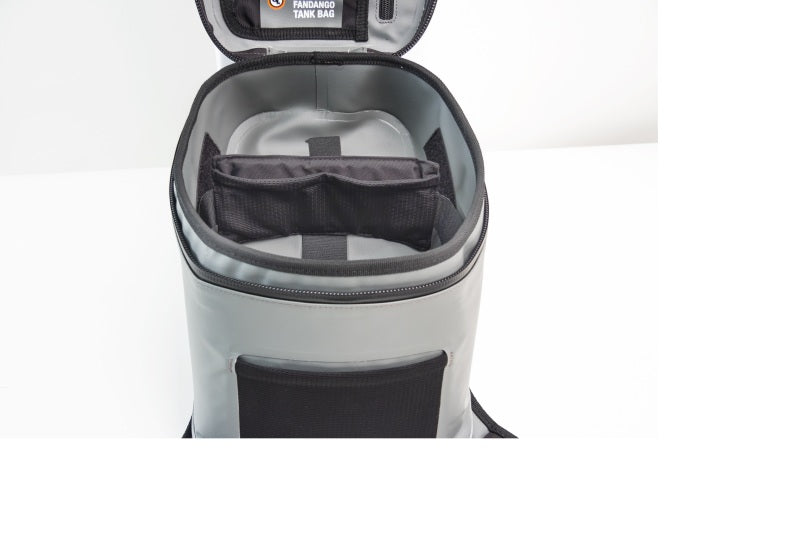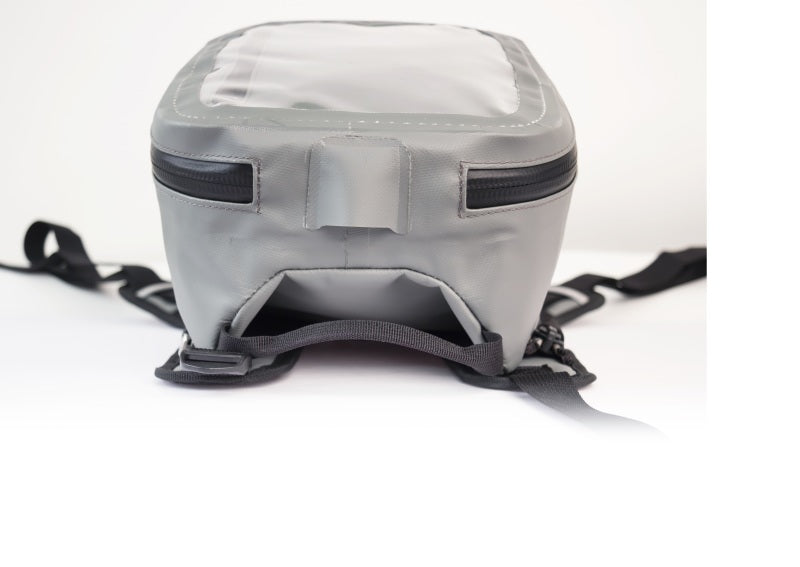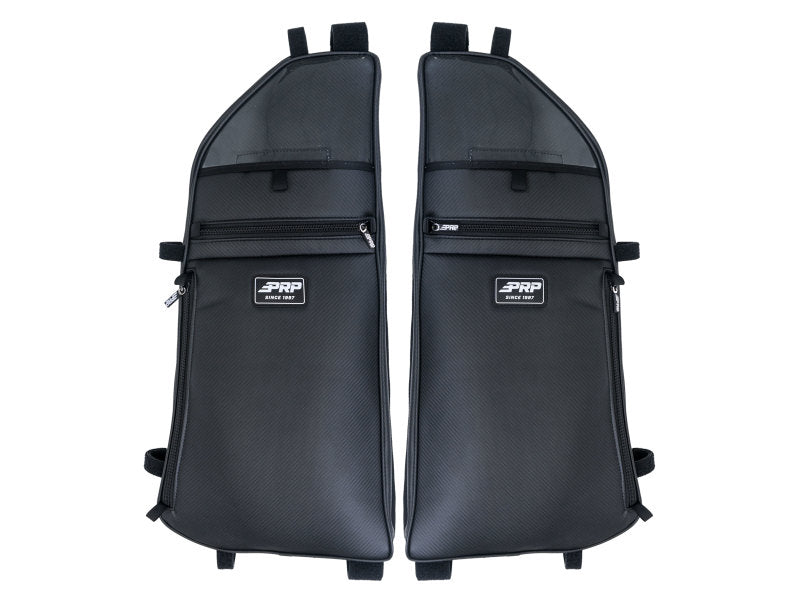Sway bar bushings can break down, showing clear warning signs: banging sounds when you turn, more side-to-side rocking, and shaky steering. Looking at them regularly helps you spot cracks, wear, or rubber parts soaked in oil - all signs you need new ones. Car experts say to change them when you notice these problems or during normal upkeep, usually after 60,000-100,000 miles of driving. It costs about $150-$200 to fix, including work and parts. Fixing worn bushings quickly stops bigger steering problems and keeps your car steady on the road. Knowing how to spot these issues helps car owners take better care of their vehicles.
Key Takeaways
-
Listen for clunking, banging, or squeaking noises while driving, as these are common indicators of worn sway bar bushings.
-
Excessive body roll or leaning during turns suggests deteriorating sway bar bushings that need immediate attention.
-
Inspect bushings regularly for visible cracks, tears, or signs of rubber deterioration during routine maintenance checks.
-
Uneven tire wear patterns and loose steering response are warning signs that sway bar bushings may need replacement.
-
Replace sway bar bushings immediately if you notice any symptoms, as worn bushings can compromise vehicle safety and handling.
Understanding Sway Bar Bushings
Sway bar bushings are rubber or plastic parts that help hold your car’s sway bar to its frame. They let the sway bar move and turn while keeping your car steady during turns. Think of them as flexible joints that help your car stay level when going around corners.
These parts come in two main types - rubber ones and tougher plastic ones called polyurethane. The plastic ones grip better and last longer than rubber. Professional suspension upgrades can significantly improve your vehicle’s handling and stability. The bushings sit at two spots on your car’s frame and flex just enough to let the sway bar do its job.
They also stop shakes and rattles from reaching the rest of your car. Working with other parts called stabilizer links, these bushings keep your suspension lined up right. This helps your car drive smoothly and makes your suspension parts last longer. Regular inspection can identify when bushings are worn or damaged before serious handling problems develop.
Common Signs of Bushing Wear
When sway bar bushings start wearing out, you’ll notice clear warning signs that tell you something’s wrong.
Bad bushings can make your car less safe and harder to drive. Age and regular usage naturally cause bushings to deteriorate over time. Upgrading to professional components will ensure optimal braking performance and safety. Watch out for these red flags:
-
Your car leans too much in turns and feels wobbly on the highway
-
You hear clunking, banging, or squeaking noises, especially on bumpy roads or while turning
-
Tires show strange wear patterns, and you can see damage on suspension parts
-
The car feels loose when steering, pulls to one side, and bounces more than usual during normal driving
Check your bushings often and replace worn ones quickly to keep your car safe and running well.
What Causes Bushing Damage
Sway bar bushings in your car can wear out for several reasons. Regular movement causes the parts to rub against each other, and without enough grease, the metal pieces grind together and break down faster. Using quality motor oil helps protect bushing components from premature wear.
The weather and road conditions hurt bushings too. Oil leaks, hot and cold weather, and salt on winter roads can break down the bushing material. Polyurethane or rubber, made of high-quality materials, provides durability for bushing construction. Driving lots of miles and taking sharp turns often puts extra stress on these parts.
Bad installation can also lead to early wear. This includes poor fitting, cheap parts, and not doing regular upkeep.
You should check your bushings often to catch problems early, and fix any fluid leaks quickly to stop them from getting worse. When you replace worn bushings, it’s smart to change other worn parts nearby to keep everything working well.
Safety Risks of Worn Bushings
Worn sway bar bushings create three main safety problems when driving: higher crash risk, poor handling, and parts breaking down. When these rubber pieces wear out, they hurt how well your car’s suspension works and how steady it stays on the road, especially during quick turns or when you need to dodge something. Distributing forces evenly between the wheels becomes impossible with worn bushings.
Just like a cooling system helps maintain optimal engine performance, properly functioning sway bar bushings are essential for vehicle stability and safety.
-
The car leans too much, making it more likely to tip over
-
Parts rubbing against each other wear out faster
-
Tires wear unevenly, giving less grip on the road
-
The car’s weight shifts oddly, making it harder to stop
Getting good-quality bushings installed by a mechanic is key when you notice wear, since driving with bad bushings can make your suspension fail completely. The shaky handling makes turns dangerous and creates scary situations at high speeds.
To keep safe and avoid big repair bills, check your bushings often and replace them as soon as they show wear.
When to Replace Your Bushings
Your sway bar bushings need attention after roughly 100,000 miles, but this can change based on how and where you drive. Learn more in our guide about adjustable suspension is it worth the investment.
Listen for odd noises - if you hear clunking or squeaking when turning or hitting bumps, it’s time for new bushings. For a complete overview of suspension issues, check out suspension tuning 101.
Check your bushings often to catch problems early. Look for cracks, too much wiggle room, or damage from oil and other fluids.
If your car doesn’t feel right when turning corners, worn bushings could be the reason.
When putting in new bushings, make sure to measure your sway bar first and check nearby parts like end links.
Quick action on worn bushings helps protect other suspension parts and keeps your car handling smoothly.
Professional Vs DIY Replacement
When your car needs new sway bar bushings, you’ll need to choose between fixing it yourself or taking it to a repair shop. While doing it yourself saves money, repair shops have the right tools and know-how to get the job done right.
What to think about when making your choice:
-
Repair shops make sure everything lines up perfectly and can spot other problems.
-
The job needs special tools to measure and put parts in place.
-
If you do it yourself, you need to plan ahead and pick the right bushings.
-
Some cars are harder to work on than others, especially when bushings are built into other parts.
Even though doing it yourself might save time and look good on paper, getting the parts lined up right is tricky and very important.
Different cars need different bushings, and if you don’t put them in correctly, your car might not handle safely on the road.
Choosing Quality Replacement Parts
When picking replacement parts, you need to think about doing the work yourself or getting help from a mechanic. After that, finding the right parts is your next big task. Look at what the parts are made of, who makes them, and if they’ll fit your car properly.
|
What to Check |
Why It Matters |
|
Part Material |
Decides how long it lasts |
|
Brand Name |
Shows if you can trust it |
|
Fit Size |
Makes sure it works right |
|
Help Available |
Makes setup easier |
Good parts made from strong materials like polyurethane or rubber from trusted makers like Meyle can work well for 100,000 miles. Cheap parts might break after just 30,000 miles. When putting in new parts, make sure they match your car’s exact size to avoid quick wear. Before you buy, check what the warranty covers and if you can get help when needed.
Maintenance Tips for Longer Life
Regular upkeep of sway bar bushings helps them last longer and keeps your car steady on the road. Checking them often, especially between seasons, and using the right tightness when fixing them stops them from wearing out too fast and saves money on fixes.
Important things to do:
-
Look closely at the bushings during basic car service to spot cracks, damage, or parts that aren’t lined up right.
-
Keep bushings and nearby parts well-oiled.
-
Tighten clamps exactly as the car maker says to.
-
Replace worn-out parts quickly with good-quality ones.
Don’t ignore strange sounds or changes in how your car handles. If you’re not sure about the bushings’ condition, let a mechanic check them. Driving carefully and not overloading your car also helps the bushings last longer and work better.
Cost Factors and Considerations
When looking at sway bar bushing repairs, costs change based on what you need and what car you have. The bushings themselves cost between $10-$40 for a pair, while mechanics usually charge $70-$100 per hour, with the job taking 1-2 hours.
You can choose to fix just the bushings, which usually costs $150-$200, or replace the whole sway bar for $135-$400. The price goes up for fancy cars and big SUVs because their parts cost more.
It often makes sense to replace both bushings and links at the same time to save money in the long run. While polyurethane bushings cost more up front, they last longer than regular ones and might save you money over time by needing fewer repairs.
Preventing Future Bushing Problems
Keeping your sway bar bushings in good shape helps your car’s suspension work better and last longer. Check your bushings often during regular car care to catch problems early. Mechanics suggest looking for worn spots, cracks, or oil leaks when you get your oil changed or tires rotated.
Key steps to prevent bushing problems:
-
Look closely at bushings for damage or wear during car checkups
-
Keep bushings well-greased so metal parts don’t rub together
-
Fix any leaking fluids quickly to protect the bushings
-
Don’t overload your vehicle, as this puts extra strain on suspension parts
When you need new bushings, check nearby parts like sway bar connections and mounting points too.
Using good-quality replacement parts and putting them in correctly helps your suspension work its best and prevents early breakdown.
Frequently Asked Questions
Can Sway Bar Bushings Be Repaired Instead of Replaced?
Sway bar bushings can’t be fixed once they’re worn out. Since they’re made from rubber or polyurethane that’s molded into shape, any damage means you’ll need new ones to keep your car stable and safe.
Do Polyurethane Sway Bar Bushings Make More Noise Than Rubber Ones?
Poly bushings tend to make more squeaks and sounds than rubber ones since they pass more vibrations through. Though they help your car handle better, you’ll need to grease them often to keep them quiet and working well.
How Long Does It Take for New Sway Bar Bushings to Settle?
New sway bar bushings need about 300-500 miles of driving to break in fully. Checking your sway bar often during this time helps make sure the bushings fit right and last longer.
Will Larger Aftermarket Sway Bars Require Different Bushing Specifications?
Bigger sway bars need the right size bushings to work well. Stock bushings often don’t fit thicker bars, so you’ll need to switch to new polyurethane bushings that match the larger size.
Can Extreme Climate Conditions Affect the Choice of Bushing Material?
Yes, harsh weather strongly affects how well bushings last, so picking the right material is key. Polyurethane stands up well to hot and cold temperatures, while rubber-like materials such as EPDM and silicone stay flexible and work well in many different weather conditions.
Conclusion
Proper maintenance and timely replacement of sway bar bushings remain critical for best vehicle handling and safety. Regular inspections, awareness of wear indicators, and swift remediation of deteriorating bushings help prevent more extensive suspension damage. Quality replacement parts from Gexhaust and professional installation guarantee restored performance. Through preventive care and systematic maintenance protocols, vehicle owners can maximize bushing longevity while maintaining peak suspension system functionality and road safety standards. Contact us for expert guidance on sway bar bushing replacement and maintenance.





